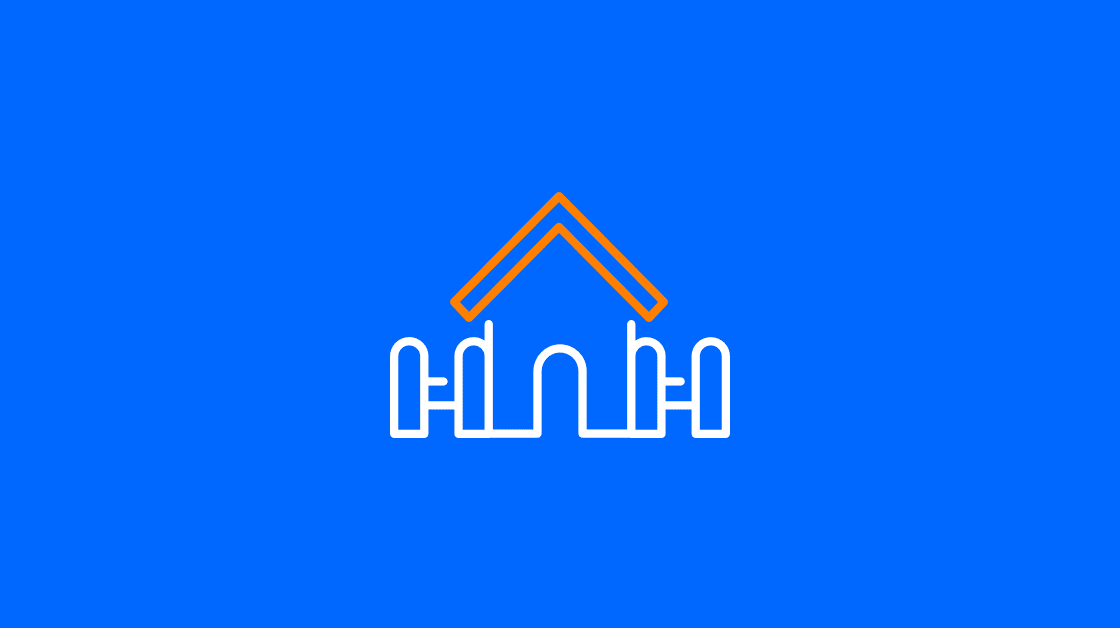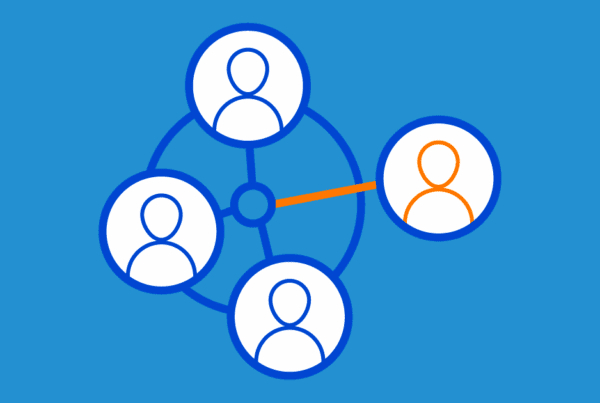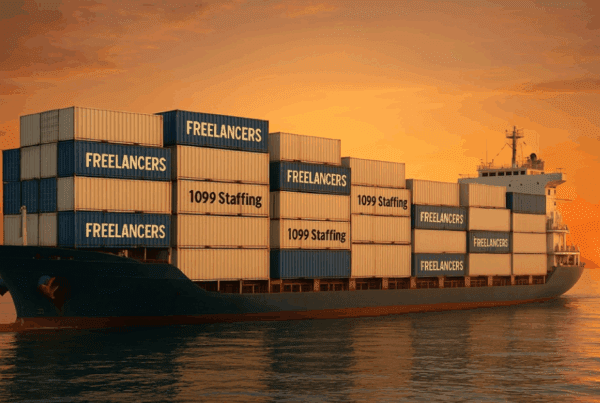
The American Dream has defined our country for more than a century.
Representing independence and economic prosperity, the term was popularized during a speech by Woodrow Wilson in 1915 and integrated into the zeitgeist by 1931. While everyone’s version of their American Dream is different, one thing remains the same: the dream represents personal success.
Currently, we are witnessing a new American Dream – a dream that puts more weight on a person’s independence. More than a year ago, the majority of the workforce was shut indoors due to COVID-19. People who previously commuted to an office every day were introduced to a new way of working – and they thrived in this environment.
At the end of 2020 – or, when most workers had nearly a year of remote life under their belts – Microsoft Surface surveyed 4,000 U.K. office workers to get their thoughts on the hybrid working style. It found that most companies and employees are equipped to carry on hybrid or completely remote work. Only 16 percent of respondents said the technology they had was not effective.
Most importantly, though, what this survey unveiled is employees are happier when they have flexible options. By cutting out or cutting down on their daily commute, the majority of respondents said they have more time with friends and family (75 percent), a better handle on household duties (79 percent), and more time for their own wellness (70 percent).
By COVID-19 making nearly everything remote, workers began to realize the kind of lives they could have.
As a result, a new American Dream is emerging.
The demand for flexibility and independence
For those already paying attention, this shift is no surprise.
Microsoft Surface’s study isn’t the only proof of the direct connection between flexible work and employee happiness. In a FlexJobs survey, 79 percent of respondents said they would be more loyal to a company if the company offered flexibility. And that was in 2017.
Attitudes on entrepreneurship are shifting as well, with the solopreneur taking rise over the past decade.
While a newer term, people have been participating in “solopreneurship” for years. The friendly neighborhood “Avon Lady” is an example of how solopreneurship has existed long before it became a buzzword. However, more and more workers are taking to – and embracing – its meaning.
For those that prefer to work independently, the new American Dream is solopreneurship. No staff, no board of directors, just one person making career decisions for them and them alone. In a 2019 survey, 69 percent of solopreneurs stated that working on their own is better for their mental health.
In fact, many workers may already be solopreneurs without knowing it.
The difference between being a solopreneur and being a flexible worker is really all in how you look at it. Flexible workers who are managing their workflow, finances, and admin duties as a business are solopreneurs. Their business is themselves and their product is their skill set.
And the move toward individual proprietorship – as a standard W-9 would call it – has been speeding up over the years, with COVID-19 accelerating everything into overdrive.
How COVID-19 changed everything
In March 2020, office workers got a taste of what flexible workers knew all along: determining when and where you work rocks.
This kind of flexibility is one of the top reasons people kick the standard nine-to-five to the curb.
But COVID-19 didn’t create the trend, it just accelerated it. Flexible work has been on the rise for more than a decade, with a 2010 study predicting that more than 40 percent of the U.S. workforce would turn to freelance work by 2020.
Well, we are now in 2021 and we are not too far off from that number. During COVID-19, more than a third of the U.S. workforce participated in some type of gig work. It was a 22 percent increase (or, an additional two million flexible workers) from 2019, taking the gig economy from steady growth to a robust and viable industry.
There’s no slowing this growth, either.
According to multiple data sources, the flexible work boom is being driven by millennials and Gen Z. Both generations are used to job instability, with many millennials entering the workforce during the 2008 great recession and Gen Z experiencing instability during COVID-19. Whether full-time or a way to make supplemental income, both these generations had to take up the “hustle” lifestyle due to circumstances beyond their control.
Many people within these groups have secondhand experience with these economic downturns, leaving them cynical to corporate loyalty. They’re the children who grew up watching their parents go to the same job for more than a decade. When companies had to prioritize their bottom line during the 2008 recession – or the dot com burst, for that matter – millennial and Gen Z children felt the stress as well.
These generations have been burned by the old way, so they’re creating a new way.
Talent-matching platforms are increasing to keep up with The New American Way
Whether it’s picking up gigs one by one, leaning into solopreneur status or forming an LLC, American workers are forging ahead on their own. And they’re happier for it.
As a result, the market is shifting to make the flexible working style easier for those who wish to pursue it. What is available now wasn’t available 10 or even five years ago. Companies that had strict in-office policies are now considering flexible options for their employees. And that’s just at the very minimum.
Propelling this industry even further are talent-matching platforms, which offer a level of stability to the flexible worker. Part-time, gig, and project-based opportunities are now found in one place, thanks to these platforms. While flexible workers may still opt to browse Indeed or LinkedIn, searching on a talent-matching platform like Fiverr is more efficient for the type of work they do.
The economy, however, is outgrowing these shallow-talent platforms and creating demand for deep-talent platforms. The key difference between being shallow and deep is the effort the flexible worker puts into securing a client. A deep-talent platform like FlexTal will put in the work to match a flexible worker with an appropriate work or project. This model is beneficial to the worker, as it reduces the time it takes to find an opportunity and provides a level of job security.
With these platforms now evolving to cater to a flexible worker’s needs and pain points, it’s clear the direction the workforce is headed. The New American Way is flexibility and independence and more workers are discovering the way.
FlexTal is the #1 flexible talent matching platform. Every day, we match organizations with pro-level independent contractors for flexible hourly and project-based engagements. Match with the Right Pro, Right Now.



